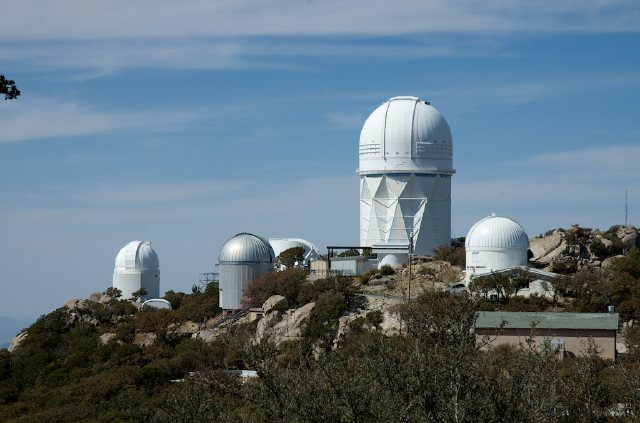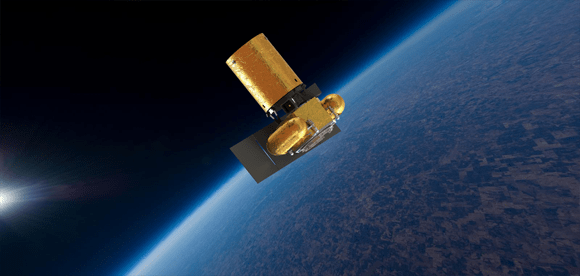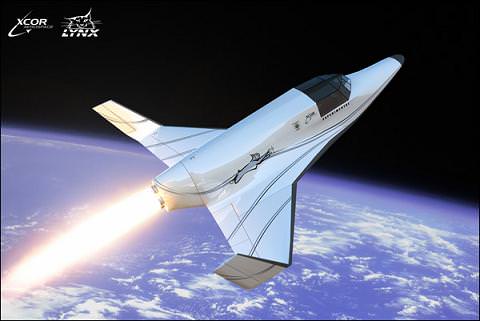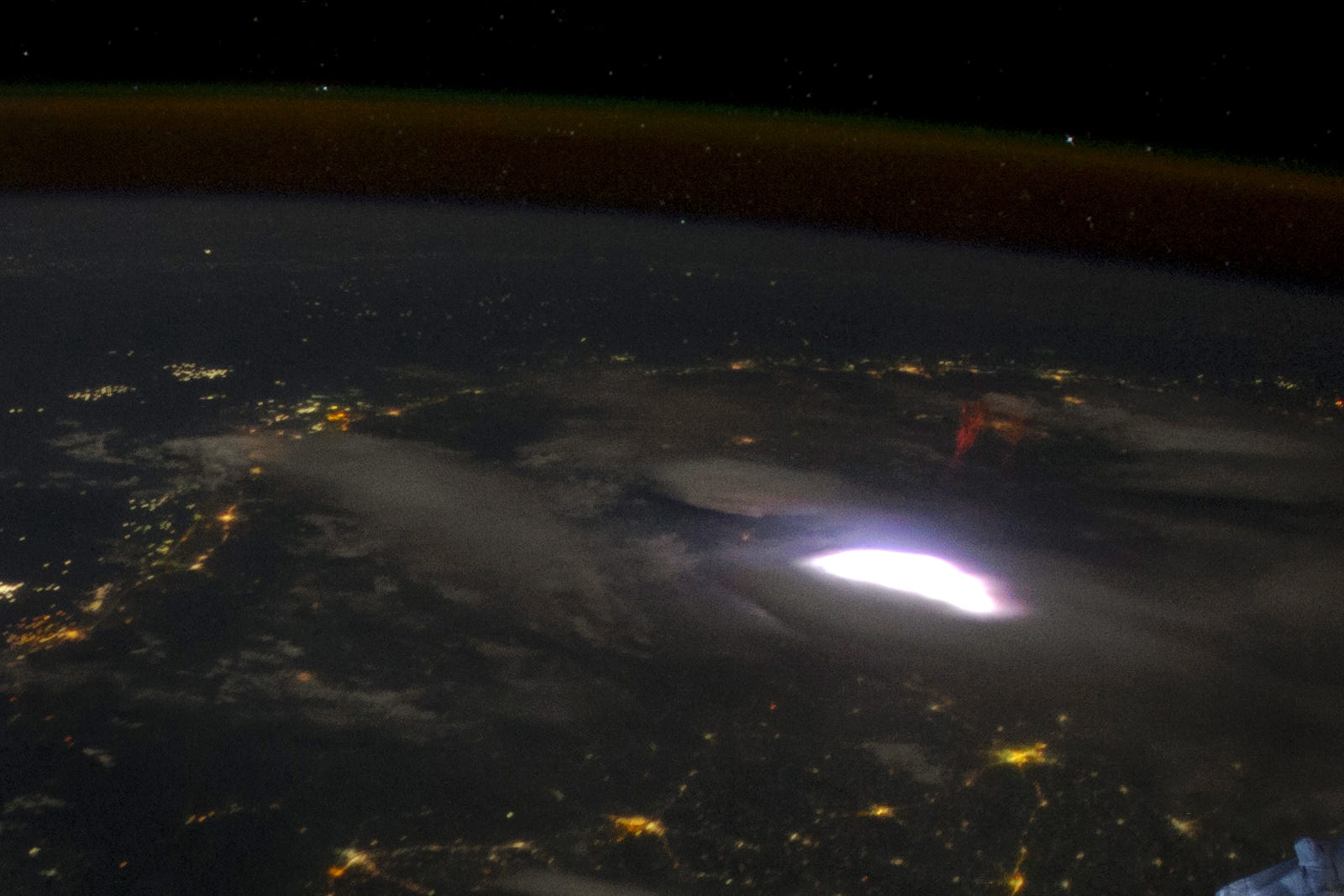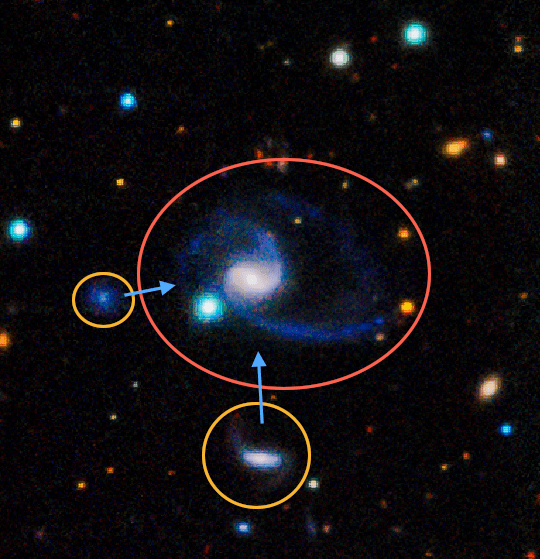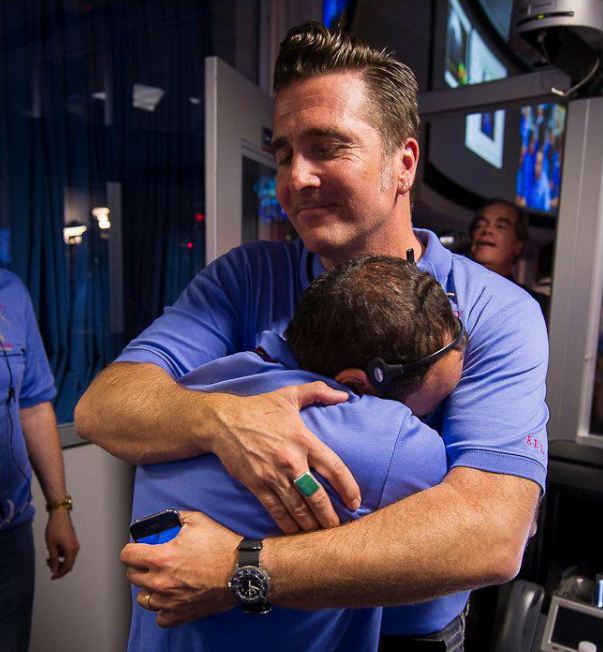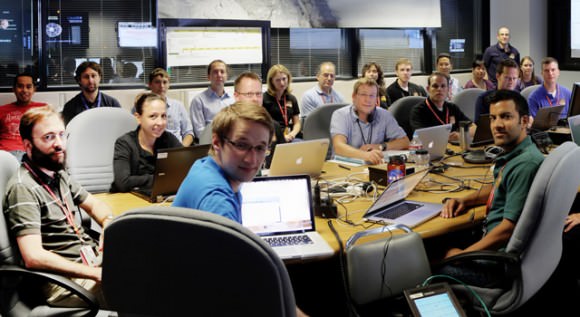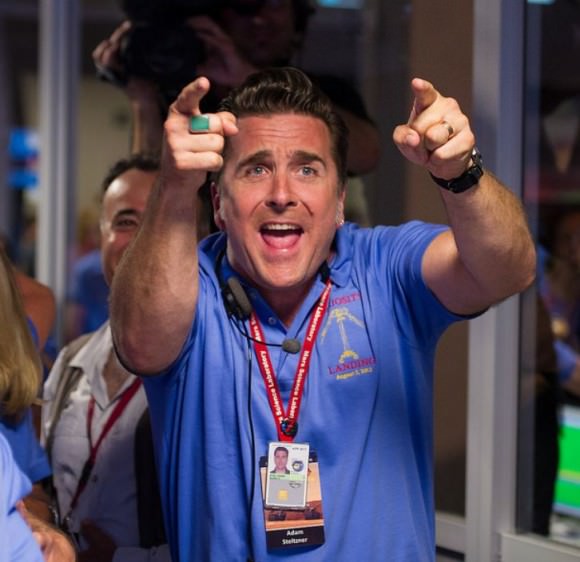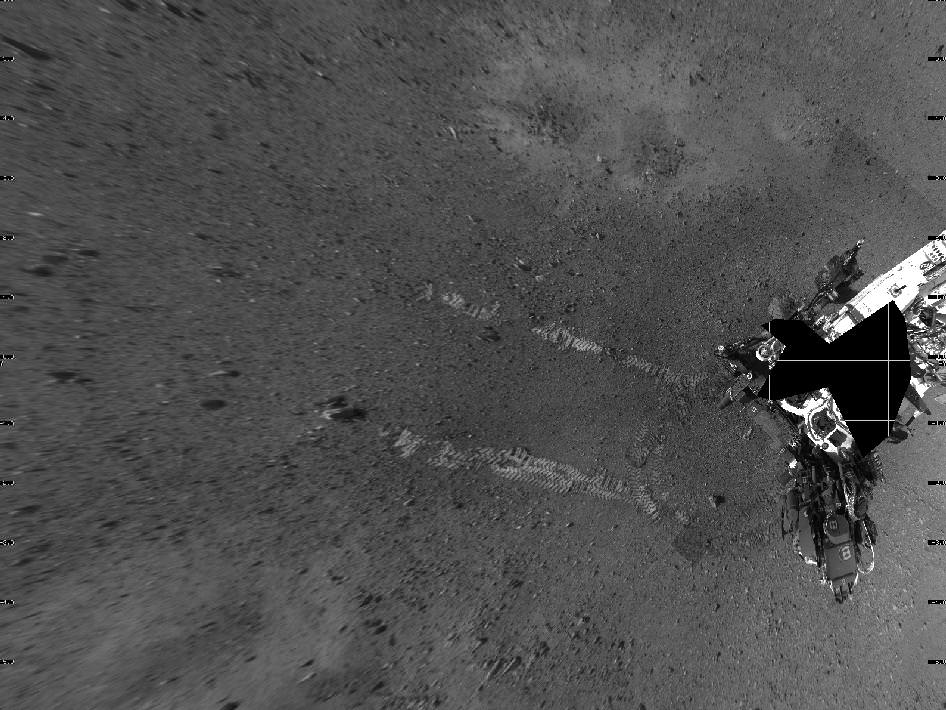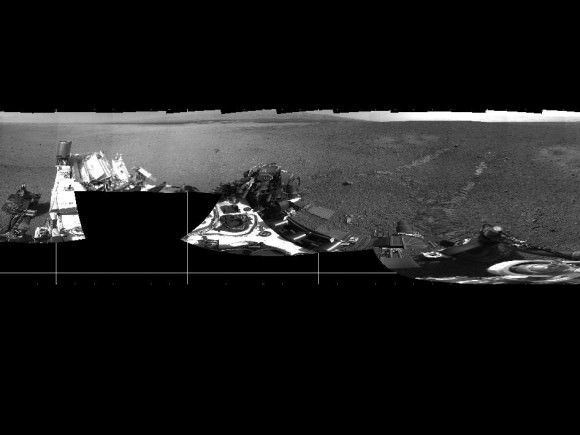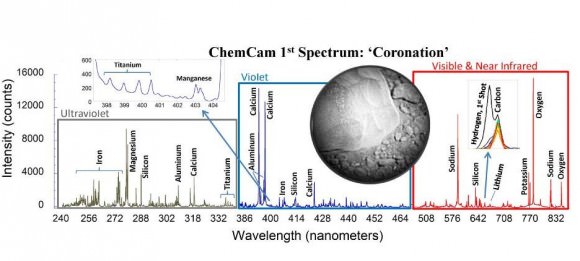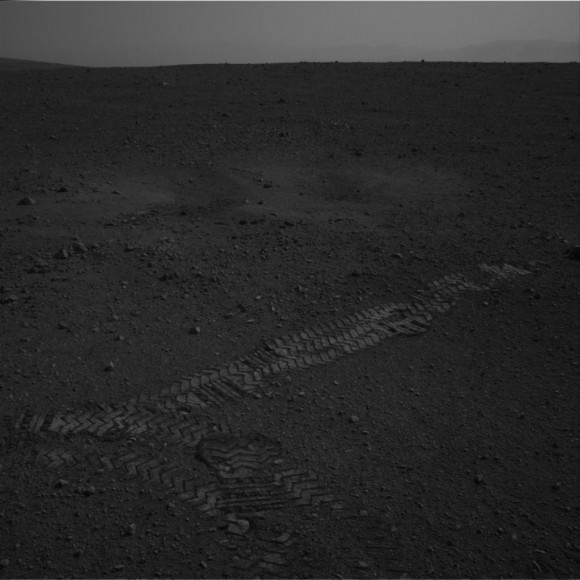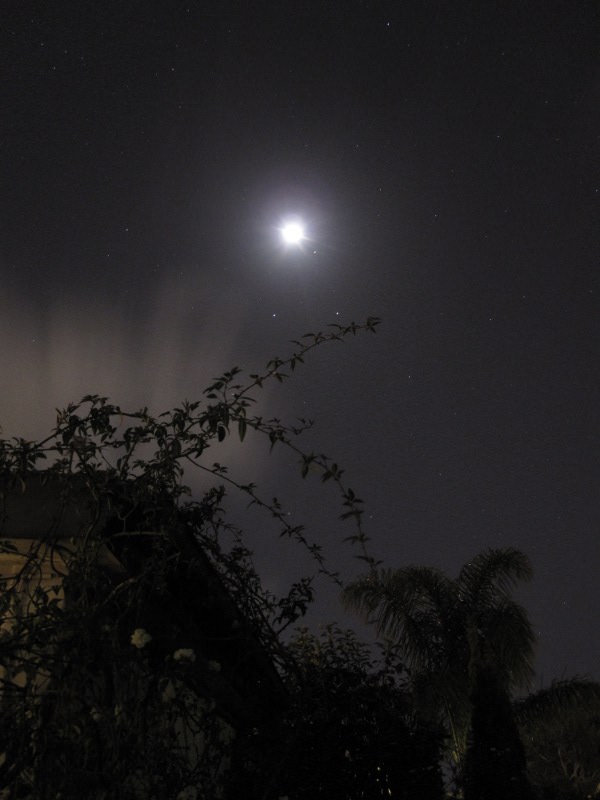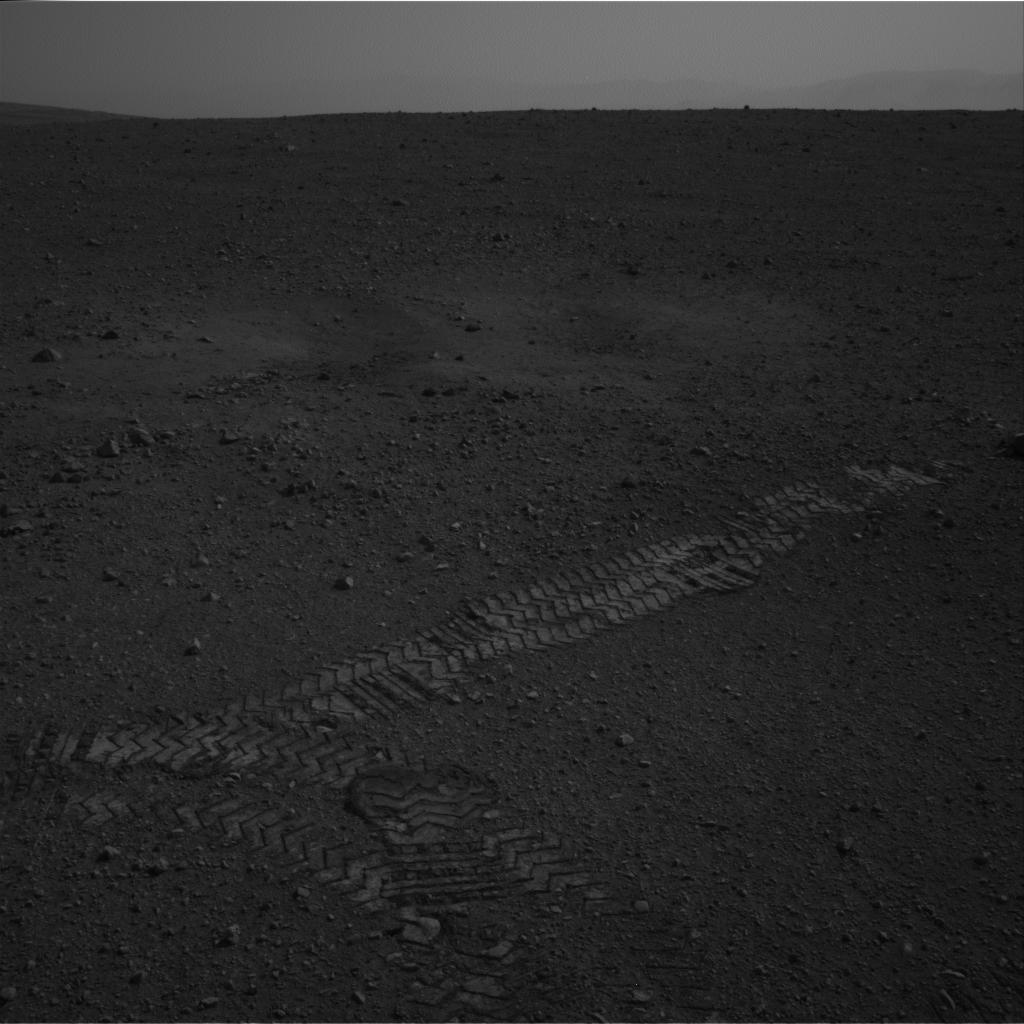The Kitt Peak Observatory
Last week, a report issued by the National Science Foundation’s Division of Astronomical Sciences suggested de-funding several ground-based observatories along with other money-saving strategies to help offset budget shortfalls in US astronomy which have been projected to be as much as 50%. The report recommended the closure of iconic facilities such as the Very Long Baseline Array (VLBA) and the Green Bank Radio Telescope, as well as shutting down four different telescopes at the Kitt Peak Observatory by 2017.
Universe Today talked with the Director of the National Optical Astronomy Observatory (NOAO), Dr. David Silva for his reactions to the report.
Universe Today: What is your initial reaction to the STP portfolio review:
David Silva: “It’s disappointing, but not completely unexpected. I think the biggest challenge for the overall US community is they’re going to lose access to a lot of world-class, cutting-edge facilities. This is roughly somewhere between eight hundred to a thousand nights of open access time which is going to be defunded over the next three years or so. That’s a huge culture change for US astronomy.
UT: Do you see this affecting the researchers at smaller facilities and universities the most?
Silva: Definitely. Clearly, the situation is now that if you’re at an institution that has its own facility, everything should be OK. But if you’re at an institution that does not have access to its own facility, you’re in a bad situation. So that naturally segregates the bigger universities versus the smaller universities.
I should say there is a caveat, in that we are in an era now in professional astronomy where surveys are now becoming a much stronger component of what we do. Surveys are the big wide-field surveys both from space and from the ground which are producing massive datasets that are open to everyone. So, what’s really happening is this culture change from people having to compete for one or two nights a year on a telescope to potentially working on the big datasets. So, how that transition occurs remains to be seen. But the loss of all these open access nights will definitely be a shock to the system.
UT: Do you see the new report as being overly pessimistic or do you think it’s spot on of what’s actually going to be taking place in astronomy next few years, such as in one scenario which described that only 50% of projected funding will be available?
Silva: I have no opinion on that. That was a boundary condition that the report used, and if I could predict that I would be in a different industry!
UT: Do you see any potential silver lining here, that this kind of tight funding could streamline things, or could help in the “persistent mismatch between the production rate of Ph.D.s and the number of tenure-track faculty or long-term astronomy positions” that the report talked about?
Silva: No. I think the higher-level issue is that astronomy in the last 20 years has been a field where the number of people who are professional astronomers has grown in this country because of a fortuitous funding cycle from all three of the major funding agents, NASA, NSF and the Department of Energy. But we are now in a downward cycle in funding for astronomy at the federal level and there is going to be a squeeze now. I think that one of the choices we’re going face as there is this squeeze and people begin to leave the field, how do we make sure that the those who are still in the field — especially our younger colleagues – that they are given the mentoring and nurturing and support they need to have vital careers.
But there’s a growing mismatch between the numbers of people who want funding and the funding that is available, there’s no two ways about it.
UT: Any final thoughts or things that you think are people I’m important for people to know about?
Silva: One of the opportunities that it creates on Kitt Peak is the ability to continue to move forward on our BigBOSS collaboration, which is a proposal to put a 5,000 target, multi-object spectrograph on the 4-meter Mayall telescope at Kitt Peak National Observatory, which allows you to do a large dark energy characterization experiment. The instrument is also exceptionally powerful for doing a variety of other investigations like galactic archaeology to map out kinematics in the galaxy, the chemical composition and the motions of galaxies and stars, and other very large data projects like that.
This report was actually quite supportive of that project moving forward. So even though reports recommend the NSF divest funding in the Mayall Telescope as an open-access telescope, it suggests there are ways forward to convert it from an open access platform to a survey facility. And that’s, I think, a silver lining in this. It doesn’t solve that cultural issue, but it was does mean we can continue to do high impact science with that instrument.
But I do see this as a big cultural change. A key question perhaps is, does the US have strong national observatory or not? And this report is leaning in the direction of not.
You can read an initial statement from NRAO (National Radio Astronomy Observatory) and AURA (Association of Universities for Research in Astronomy) on the AST report here, and another following statement from AURA here.

